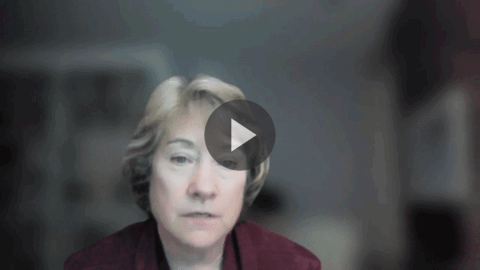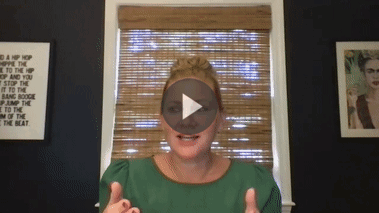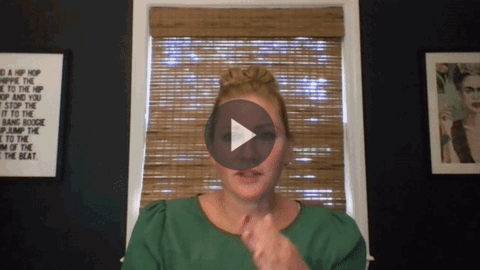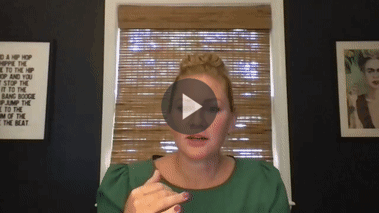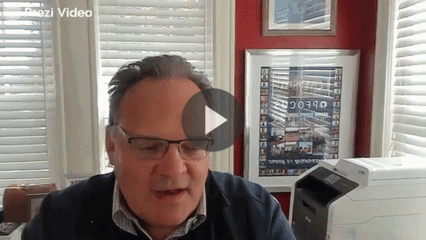Reporting to the Board: What to include and how to shape a cohesive revenue narrative?
Almost all RevOps leaders who are called on to create a presentation to the board will struggle with preparing these decks. Which metrics do you include? How can you use these metrics to craft a compelling narrative that showcases the progress you’re making? We invited some seasoned leaders to share how they prepare board presentations.
Our panel included:
- Lauren Kelley, CEO at OPEXEngine
- Kaitlin MacKenzie, VP of Revenue Operations at Onapsis
- David Carnes, Founder and Chief Evangelist at OpFocus
Recent experience with board metrics
Lauren is the CEO of OPEXEngine, recently acquired by Bain & Company. She notes the change that happens when you’re acquired, transitioning from a private to a public company. She now has a board from Bain that she reports to that is used to running a professional services company instead of a SaaS organization. They’re still finding the right balance of what metrics to showcase.
Kaitlin’s role in the board presentation process is much more hands-on. During her time at Brightcove, she mentions that the board members were much more active in the company, and she created presentations for much more seasoned SaaS leaders. As she begins her role at Onapsis, she’s excited to begin presenting again to the board!
How do I select the right metrics to present?
Every SaaS company will care about slightly different metrics. Lauren suggests ensuring the metrics follow a board narrative based on the company’s stage and goals.
Early-stage companies focus on finding product-market fit. At this stage, metrics like cash flow, customer conversion rates, and engagement through google analytics are table stakes.
Growth-stage companies look more at metrics like retention rates, and month-over-month growth rates, and the breakdown of new business vs. renewals.
Enterprise-stage companies explore employee productivity and retention rates.
Companies preparing for acquisitions or IPO have boards that care about the story of how teams plan to get to the next stage.
Kaitlin also stresses the importance of telling a story with metrics. Whether the metrics are going up or down, you should explain why and how the plan moves forward. She also discusses the inherent difficulty with changing the metrics you present. When you do this, you must tell the story of why you’re changing the metrics.
What’s the process for preparing board metrics?
Lauren suggests clearly establishing which metrics to present and how you plan to calculate them. Leave these metrics alone until there’s a decision to readdress their definition. Another suggestion is to showcase a benchmark for each metric, providing industry context for each value.
Kaitlin has much more hands-on experience with preparing board metrics. She suggests clearing your calendar since there will be many versions before you’re ready to present. Meet and review with the CEO, CMO, etc., to ensure your numbers align with the rest of the company’s. Getting every department on the same page to tell the same story is very important to creating a cohesive narrative.
How do I shape the narrative around the board metrics?
Consider what the end goal is and what your board wants to hear about. The CEO and COO typically have an idea of what the board wants to see. It should come from the top down. Once the goal is determined, find the metrics that support that goal.
You may also give different targets to the board than you do to the rest of the company. You are accountable for the numbers you give to the board. You may be more aggressive when presenting numbers to your management team and internal stakeholders.
It helps to be curious. Once you hear about the narrative, it’s good to dig deeper. When a metric dips, you need to be able to tell a story for why it’s dipped. When you get curious, you can see why this dip happened. You’ll find answers for what’s causing this, and you’ll look at your business differently, looking at more factors than you had initially planned.
What really helps the person building the deck is being curious.
Kaitlin MacKenzie, VP of Revenue Operations at Onapsis
What factors can impact the metrics included in the presentation?
As an organization grows, some factors come up that change the metrics you present to the board. A recent example that comes to mind is Covid-19. As a result of this pandemic, Kaitlin’s past company began looking more at their client health metrics. They focused on each customer, their industry, and how they can best move forward to retain these customers.
Other factors that will come up are acquisitions and new product launches. Each of these involves a change in the benchmarks, goals, and metrics applied. Acquisitions especially make it difficult to tell a consistent story during board meetings. It changes the products, cost, and benchmarks, but definitions are often different between the two companies. The first year typically involves a lot of education effort between the two organizations on what each needs, how they report, and what changes are required.
Ideas for bringing board-level metrics back down into the running of the organization?
Overall, you want to keep metrics as consistent as possible. Kaitlin describes how her team used scorecards with metrics for all members, with a few specific to each role. Using a set of baseline metrics reduces the stress when reporting to the board since you have a firm grasp of these numbers.
Kaitlin has seen some success with holding an all-team meeting after each board meeting to keep the company aligned on the high-level points. Creating this alignment helps team members that prepare the presentation but don’t attend the discussions.
Lauren agrees this is important, especially for SaaS companies. Since these teams require the entire team to be aligned, creating alignment on the goals and progress is incredibly important. Using these metrics as a benchmark helps your team understand how they’re doing and where they stand. She’s even seen companies that are so transparent they share every team member’s salary and company equity.
You want to stay as close as you can to what you’re normally reporting out on with the company.
Lauren Kelley, CEO at OPEXEngine
What best practice can you share about reporting to the board?
When the board meeting is approaching, you must clear your schedule. The presentation will take longer than expected, and you need to have time to fine-tune it. It’s also beneficial to bring on your team to help with the process. Not only will these team members help gather metrics, but it’s a good experience for them as you help them advance in their careers. It’s also helpful for select staff to sit in on board meetings when possible to provide context on how metrics are viewed and used.
Additionally, sitting down once a year and clearly defining each metric is also crucial. Align your team to these definitions to ensure metric validity throughout the organization. Keep these definitions standard for at least one year, then redefine them at next year’s meeting.
How do I begin crafting my presentation?
As the discussion ends, attendees have a lot to think about going into their next board meeting. Whether it’s determining the correct narrative to build for the board or finding the right metrics to tell that story, you now have what you need to create a presentation with confidence.
As you continue creating your board presentation, you might encounter metrics you’d like to report on but aren’t able to. To level up your in-house reporting and ensure you can accurately tell your narrative, consider our founder David Carnes’ upcoming 2-Day Workshops on Salesforce Reports and Dashboards. As you reflect on the goals and metrics in your presentation, you may also come to a point where you’re unsure how to hit your upcoming benchmarks. When this happens, reach out, and our team of growth consultants can help set a path to success.

